San Miguel Corporation Took Over NAIA
San Miguel Corporation’s New NAIA Infrastructure Corporation (NNIC) took over the operations of Ninoy Aquino International Airport (NAIA) on September 14, 2024. With a P123.5 billion investment, the goal is to modernize the airport, enhance passenger experience, and finally remove NAIA from the list of the world's worst airports.
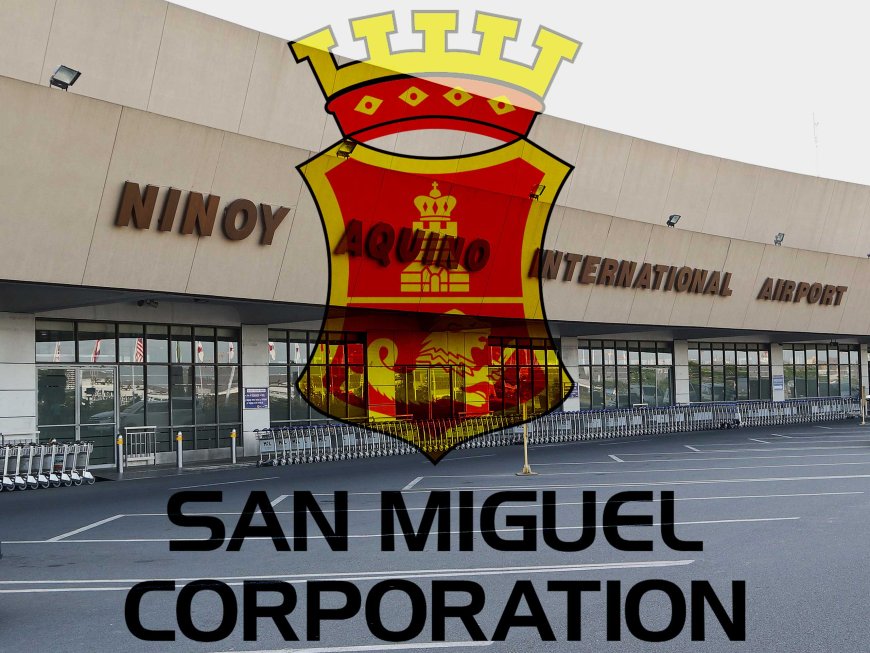
Promises of Transformation for the Country’s Main Gateway
On September 14, 2024, the San Miguel-led New NAIA Infrastructure Corporation (NNIC) formally took over the operations of Ninoy Aquino International Airport (NAIA). San Miguel Chairman Ramon Ang, a visionary in Philippine business, has assured that the once-criticized airport will undergo significant upgrades. For years, NAIA has ranked among the world's worst airports due to poor infrastructure, congestion, and inadequate facilities. However, Ang has committed to a major overhaul, with a capital expenditure of P123.5 billion earmarked for the project, alongside an upfront payment of P30 billion and P2 billion in annual annuities.
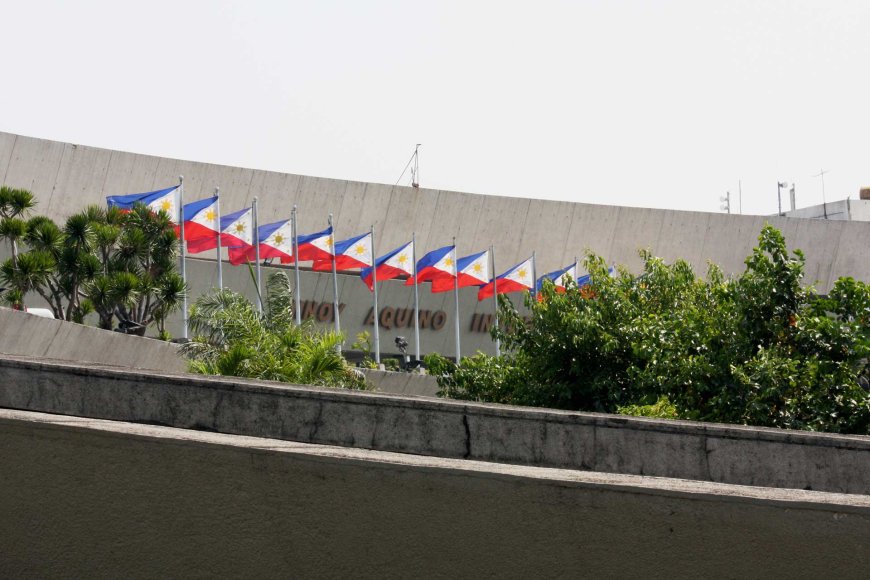
Addressing NAIA’s Reputation
NAIA has long been the subject of criticism from both local and international travelers, often landing on lists that highlight the world's worst airports. These criticisms have largely stemmed from issues such as outdated facilities, frequent delays, inadequate restrooms, and a lack of modern technology. In an address to the Aviation Forum, organized by the Economic Journalists Association of the Philippines, Ang expressed his desire to rid NAIA of this reputation.
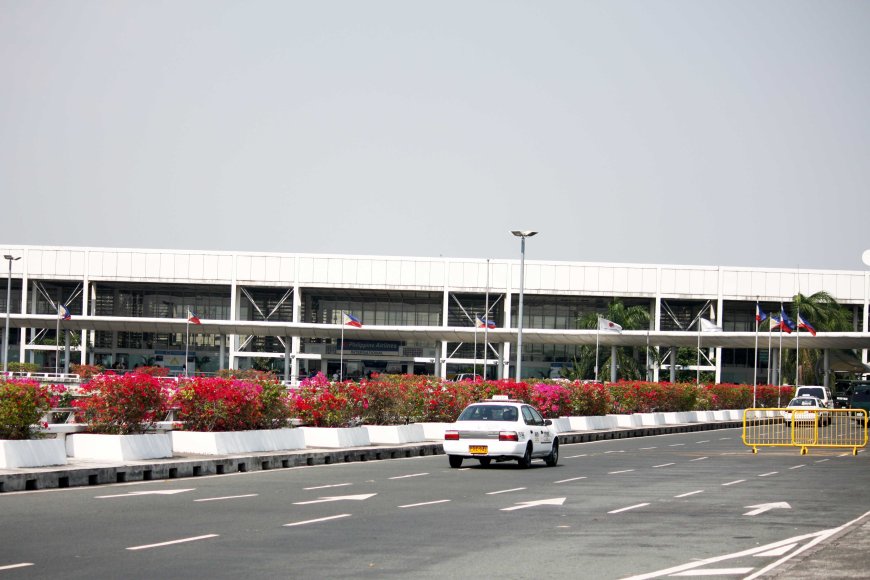
Initial Improvements: Elevating Passenger Comfort
NNIC General Manager Angelito Alvarez outlined the immediate steps that will be taken to enhance NAIA’s facilities within the first three to 12 months. These changes include the addition of new restrooms, better air-conditioning, more seating, and repairs to malfunctioning elevators and escalators. To combat the heat, glass tint will be applied to minimize solar heat transfer.
Improving the passenger experience doesn’t stop with comfort. Alvarez emphasized that retail options within the airport would be upgraded, along with the introduction of reliable internet access. He added that an upgraded IT system would further streamline operations, including modernized parking systems, biometric identification, and an enhanced baggage handling system.

Long-Term Vision: Increasing Capacity and Enhancing Operations
The long-term vision for NAIA involves a drastic increase in capacity and efficiency. According to Alvarez, the airport’s current passenger capacity will expand from 35 million to 62 million annually over the next four to five years. Runway movements are also expected to rise, leading to better traffic management and reduced delays.
One of the standout features of the new NAIA will be the integration of self-check-in kiosks, self-bag-drop services, and biometric systems that will significantly speed up the check-in process for travelers. Additionally, NAIA will soon be linked to the Metro Manila Subway, enhancing connectivity and providing passengers with easier access to and from the airport.
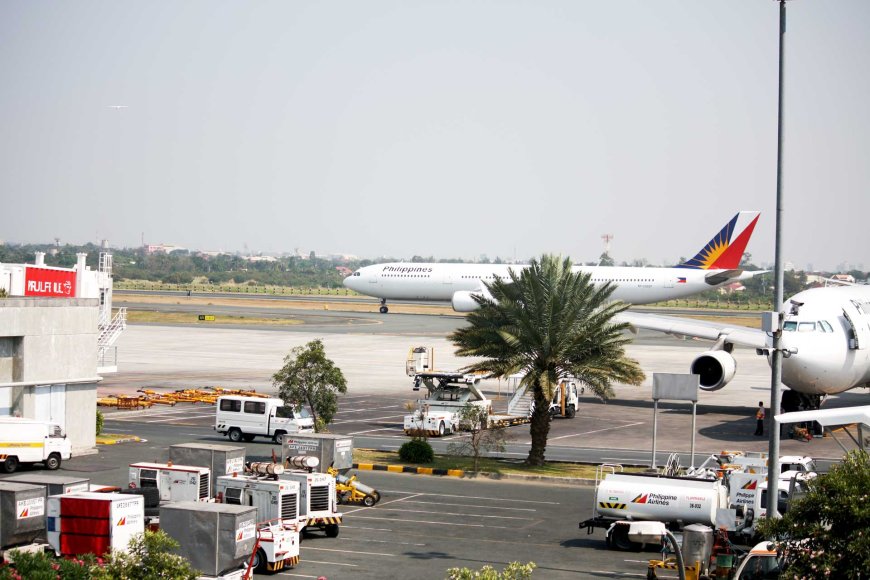
Resolving Historic Concerns: The Philippine Village Hotel
An integral part of the NAIA overhaul is the planned expansion of Terminal 2, which includes the demolition of the historic yet dilapidated Philippine Village Hotel. The hotel, which has been a longstanding eyesore, occupies prime real estate needed for the terminal's expansion. Although buildings over 50 years old are typically protected by the National Historical Commission of the Philippines, Transportation Secretary Jaime Bautista is confident that the project will receive an exemption due to its significance in improving national infrastructure.
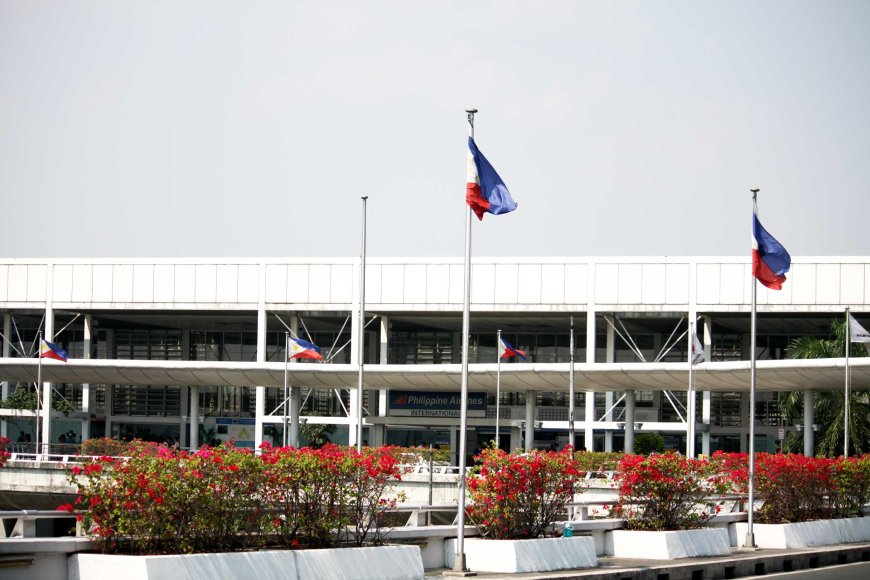
Terminal Reassignment and Addressing Congestion
One of the major strategies NNIC aims to implement is terminal reassignment. Terminal 1 will be exclusive to Philippine Airlines, while Terminal 2 will host Cebu Pacific’s domestic flights. Terminal 3 will handle all international flights from airlines other than Philippine Airlines, and Terminal 4 will serve AirAsia’s domestic flights temporarily, before their eventual relocation to Terminal 2.
This reorganization aims to decongest the airport and facilitate smoother operations. However, airline executives have requested that adequate consultation and preparation time be provided before any terminal reassignments take place. With the busy holiday season approaching, major airlines such as Philippine Airlines, Cebu Pacific, and AirAsia have emphasized the need for coordination to avoid disrupting operations.
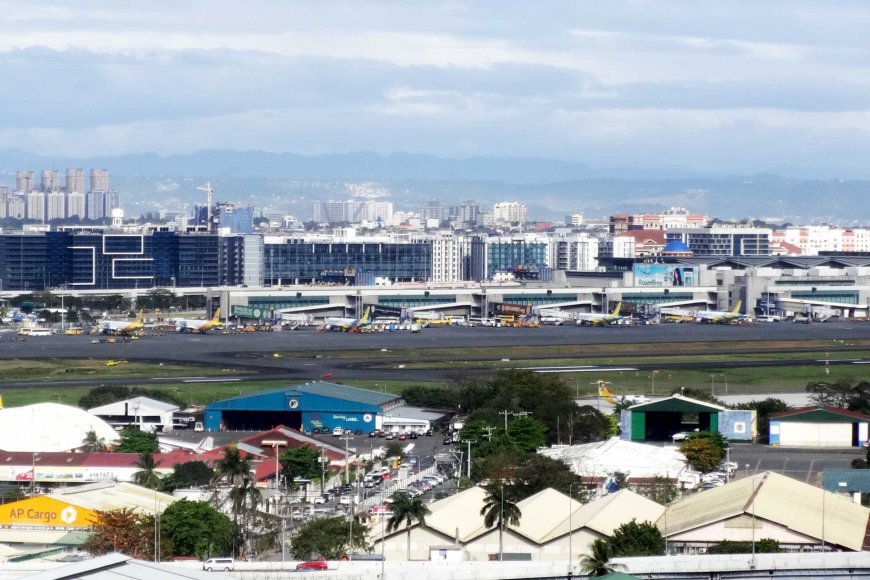
The Price of Progress: Higher Fees Expected
As part of the airport's modernization, passengers should brace for an increase in terminal fees. NAIA’s terminal fee is projected to rise to P950 by 2025. Other charges, such as landing and take-off fees, are also expected to be introduced. Although these fees will contribute to funding the airport’s improvements, they will likely affect travel costs.
The Air Carriers Association of the Philippines (ACAP) and the Board of Airline Representatives (BAR) have expressed their support for the project but have called for dialogue with NNIC to ensure that these additional fees do not drastically impact passenger demand.
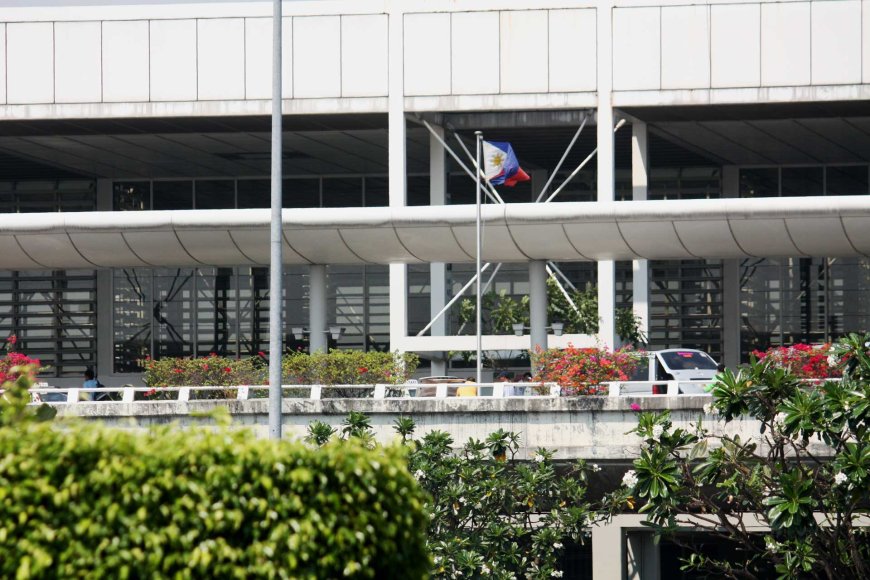
Looking Beyond NAIA: The Bulacan Airport Project
As the NAIA rehabilitation takes shape, questions have arisen regarding the status of another critical project: the New Manila Airport in Bulakan, Bulacan. San Miguel Corporation has encountered delays due to supply issues, particularly the lack of sand for backfill. However, Ramon Ang has reassured the public that the project is pushing forward and will play a pivotal role in the country’s economic development, particularly in the northern provinces of Central Luzon.

A New Era for NAIA
San Miguel’s takeover of NAIA marks the beginning of what could be a transformative period for the country’s main international gateway. With ambitious plans for upgrading infrastructure, expanding capacity, and enhancing the passenger experience, Ramon Ang and his team at NNIC are poised to reshape the future of air travel in the Philippines. While challenges lie ahead, especially with increased fees and the need for coordination with airlines, the long-term vision for NAIA is one of progress and modernization, in line with the country’s aspirations for world-class infrastructure.
Find Cheap Flight Tickets to any Destinations in Japan and the Philippines
Nipino.com is committed to providing you with accurate and genuine content. Let us know your opinion by clicking HERE.































































